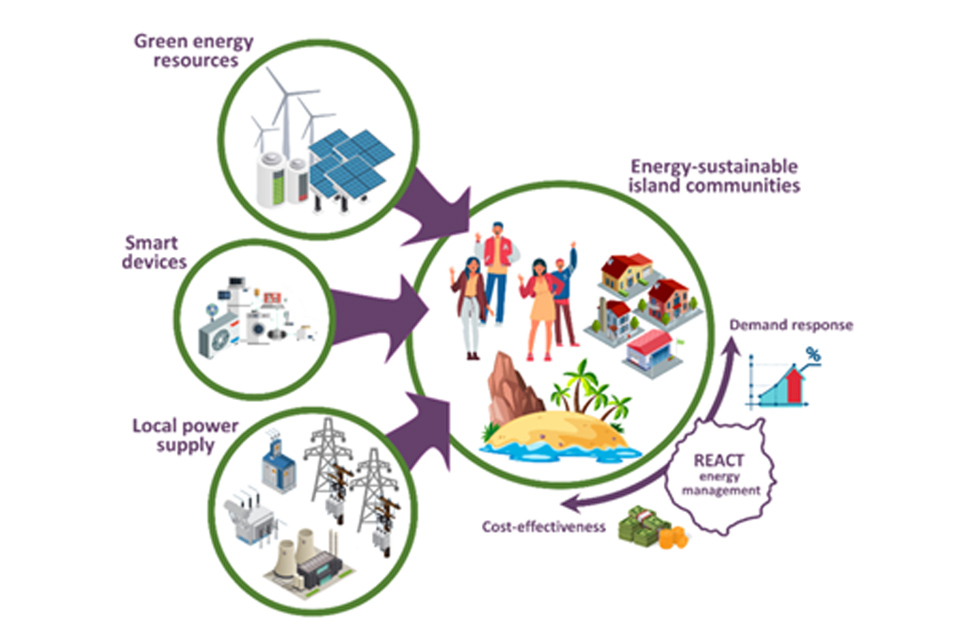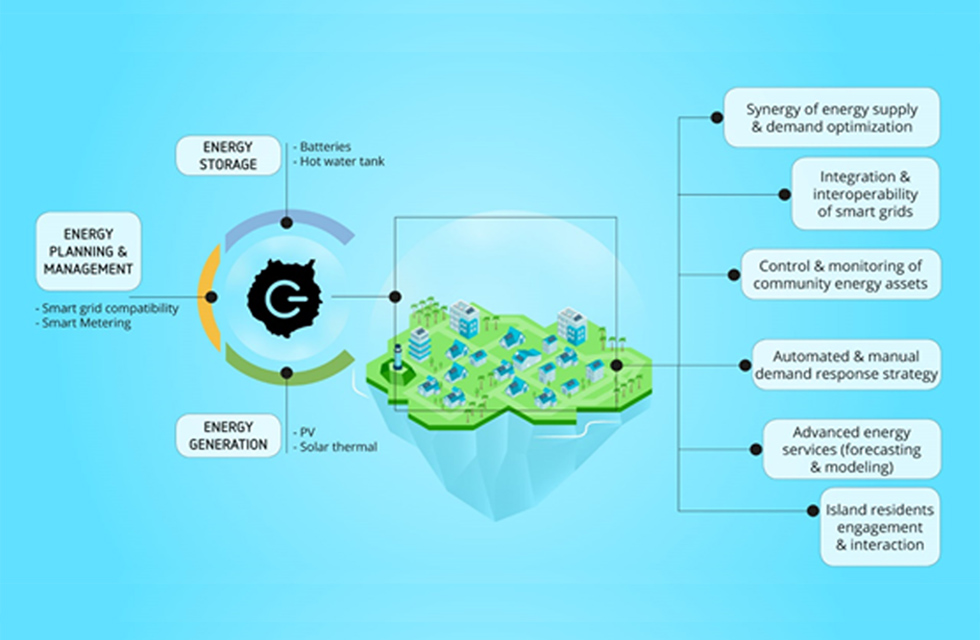As we increasingly decarbonise our electrical grid through renewable generation, focus is also now shifting on the use of this low-carbon electricity in demand-side sectors such as heat and transport, which represent the majority of our carbon emissions.
The transition towards a renewables-driven electric economy will impact all parts of our society, from how we heat our homes to the technological mechanisms and business models for energy supply and transmission.
A major European project is looking at how three different island communities across Europe can help lead this transition, and point the way to a more sustainable future.
The sites provide a unique opportunity to implement advanced demand-response control strategies across a wide range of building types and geographic locations
The REACT project is a 4-year Horizon 2020 project funded by the European Commission, which includes 24 partners across 11 different countries.
The main objective is to help island communities achieve energy resilience and sustainability through the use of community Renewable Energy Sources (RES), heat pumps and energy storage, coupled with a cloud-based platform for monitoring and control of these systems.
This project is currently being piloted on the Aran Islands (Ireland), San Pietro Island (Italy) and La Graciosa (Spain).
The sites provide a unique opportunity to implement advanced demand-response control strategies across a wide range of building types and geographic locations.





